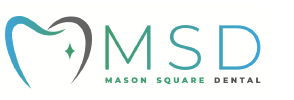Grinding or Clenching
Bruxism
Sleep bruxism that is clearly established usually requires a physical barrier to prevent tooth contact. This barrier is called an occlusal splint, and the most common design involves a high strength acrylic which sits over the biting surfaces of either the upper or lower teeth. It is worn only while sleeping.
If the habit continues, irreversible damage to the teeth can occur with fracture, loosening or tooth wear, and damage to your temperomandibular joint (TMJ).
Articles on Bruxism
TMD or TMJ
Temperomandibular
Your TMJ, or temperomandibular joint allows the jaw to open and close. It plays an important role in talking, chewing and yawning. It is one of the most complicated joints in the body, and problems on one or both sides can cause pain and limit function.
